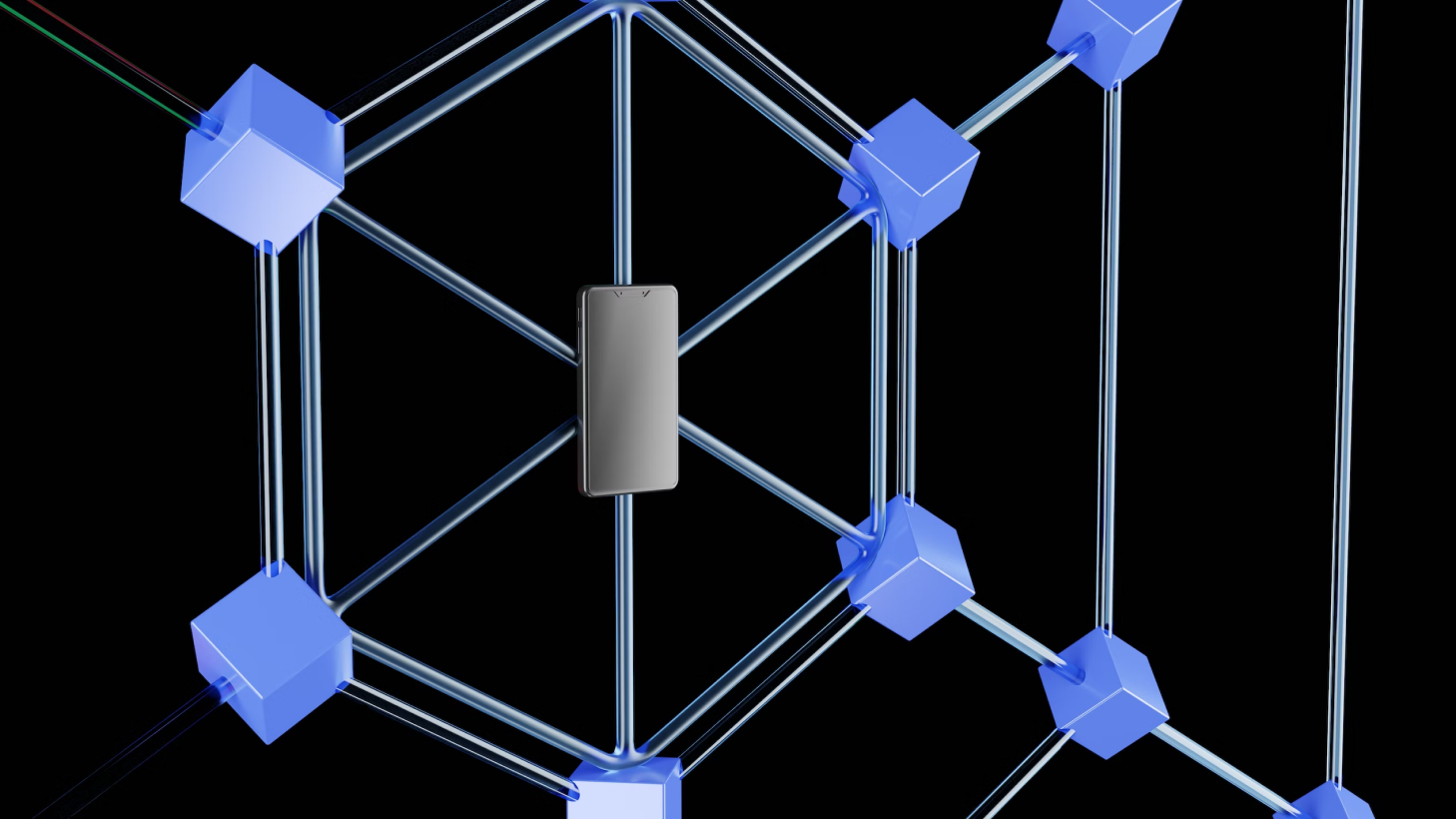Trump’s $2,000 tariff payout plan explained: could it actually happen?


US President Trump recently floated a “tariff dividend,” a one-time payment of at least $2,000 to most Americans, to be paid out of the customs duties the government now collects under his tariff program.
The idea is simple and catchy: take the money the Treasury gets from tariffs and send it back to households.
But a catchy headline and workable policy are two different things; the real question for readers is arithmetic and consequence: is there enough money, and who actually pays for it?
How the $2,000 math stacks up
On paper, the arithmetic looks straightforward. If 150 million adults qualified, $2,000 each would amount to $300 billion (150,000,000 × $2,000 = $300,000,000,000).
That’s the baseline most analysts use when sizing the plan.
By contrast, the Treasury and independent trackers show customs-duty receipts surged in 2025, roughly in the low-hundreds of billions for the year, but not enough to cover a universal $2,000 for every adult without drawing down other funds or tapping future years.
Beyond raw receipts, experts stress you can’t treat tariff revenue like a free pot of cash.
Long-run projections from think tanks show tariffs could raise large sums over a decade, but the net fiscal picture changes once you account for slower growth, higher prices, and legal uncertainty that could shrink collections.
Some credible estimates that include these second-round effects put the realistic, available revenue much lower than headline sums, meaning a $2,000 check to most adults would likely leave a large funding gap.
Who really pays, and what economists worry about
Tariffs are taxes on imports, and their burden doesn’t vanish; it’s shifted.
Early data suggest many US businesses have absorbed a big share of the cost so far, but economists warn that much of the hit eventually reaches consumers in higher prices and could slow growth over time.
That’s why voices across the policy spectrum are skeptical: Harvard economist Jason Furman calls the tariff program an “enormous shock to the system,” arguing such shocks create more losers than winners and raise the risk of inflation and retaliation.
In short, even if a government accountant can find a way to write checks, the economic side effects could offset or even exceed the apparent benefit for households.
Bottom line: the idea is politically powerful but practically tricky.
Tariff receipts certainly grew, and some version of a rebate could be designed, but making a $2,000 payment broadly permanent, fair, and truly funded by tariffs without hurting consumers or the economy would require tradeoffs, legal fixes, and likely congressional action.
The Americans should see the idea as a promise worth investigating, not an automatic windfall.
The post Trump’s $2,000 tariff payout plan explained: could it actually happen? appeared first on Invezz
Trump’s $2,000 tariff payout plan explained: could it actually happen?


US President Trump recently floated a “tariff dividend,” a one-time payment of at least $2,000 to most Americans, to be paid out of the customs duties the government now collects under his tariff program.
The idea is simple and catchy: take the money the Treasury gets from tariffs and send it back to households.
But a catchy headline and workable policy are two different things; the real question for readers is arithmetic and consequence: is there enough money, and who actually pays for it?
How the $2,000 math stacks up
On paper, the arithmetic looks straightforward. If 150 million adults qualified, $2,000 each would amount to $300 billion (150,000,000 × $2,000 = $300,000,000,000).
That’s the baseline most analysts use when sizing the plan.
By contrast, the Treasury and independent trackers show customs-duty receipts surged in 2025, roughly in the low-hundreds of billions for the year, but not enough to cover a universal $2,000 for every adult without drawing down other funds or tapping future years.
Beyond raw receipts, experts stress you can’t treat tariff revenue like a free pot of cash.
Long-run projections from think tanks show tariffs could raise large sums over a decade, but the net fiscal picture changes once you account for slower growth, higher prices, and legal uncertainty that could shrink collections.
Some credible estimates that include these second-round effects put the realistic, available revenue much lower than headline sums, meaning a $2,000 check to most adults would likely leave a large funding gap.
Who really pays, and what economists worry about
Tariffs are taxes on imports, and their burden doesn’t vanish; it’s shifted.
Early data suggest many US businesses have absorbed a big share of the cost so far, but economists warn that much of the hit eventually reaches consumers in higher prices and could slow growth over time.
That’s why voices across the policy spectrum are skeptical: Harvard economist Jason Furman calls the tariff program an “enormous shock to the system,” arguing such shocks create more losers than winners and raise the risk of inflation and retaliation.
In short, even if a government accountant can find a way to write checks, the economic side effects could offset or even exceed the apparent benefit for households.
Bottom line: the idea is politically powerful but practically tricky.
Tariff receipts certainly grew, and some version of a rebate could be designed, but making a $2,000 payment broadly permanent, fair, and truly funded by tariffs without hurting consumers or the economy would require tradeoffs, legal fixes, and likely congressional action.
The Americans should see the idea as a promise worth investigating, not an automatic windfall.
The post Trump’s $2,000 tariff payout plan explained: could it actually happen? appeared first on Invezz

